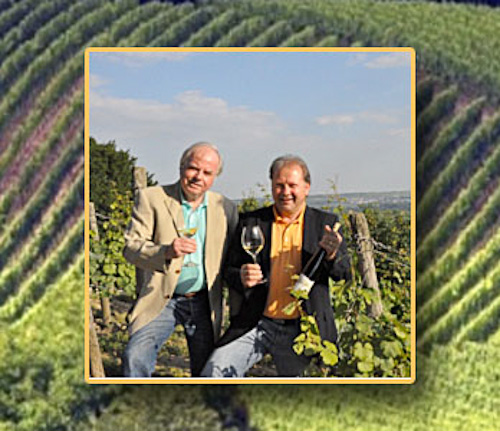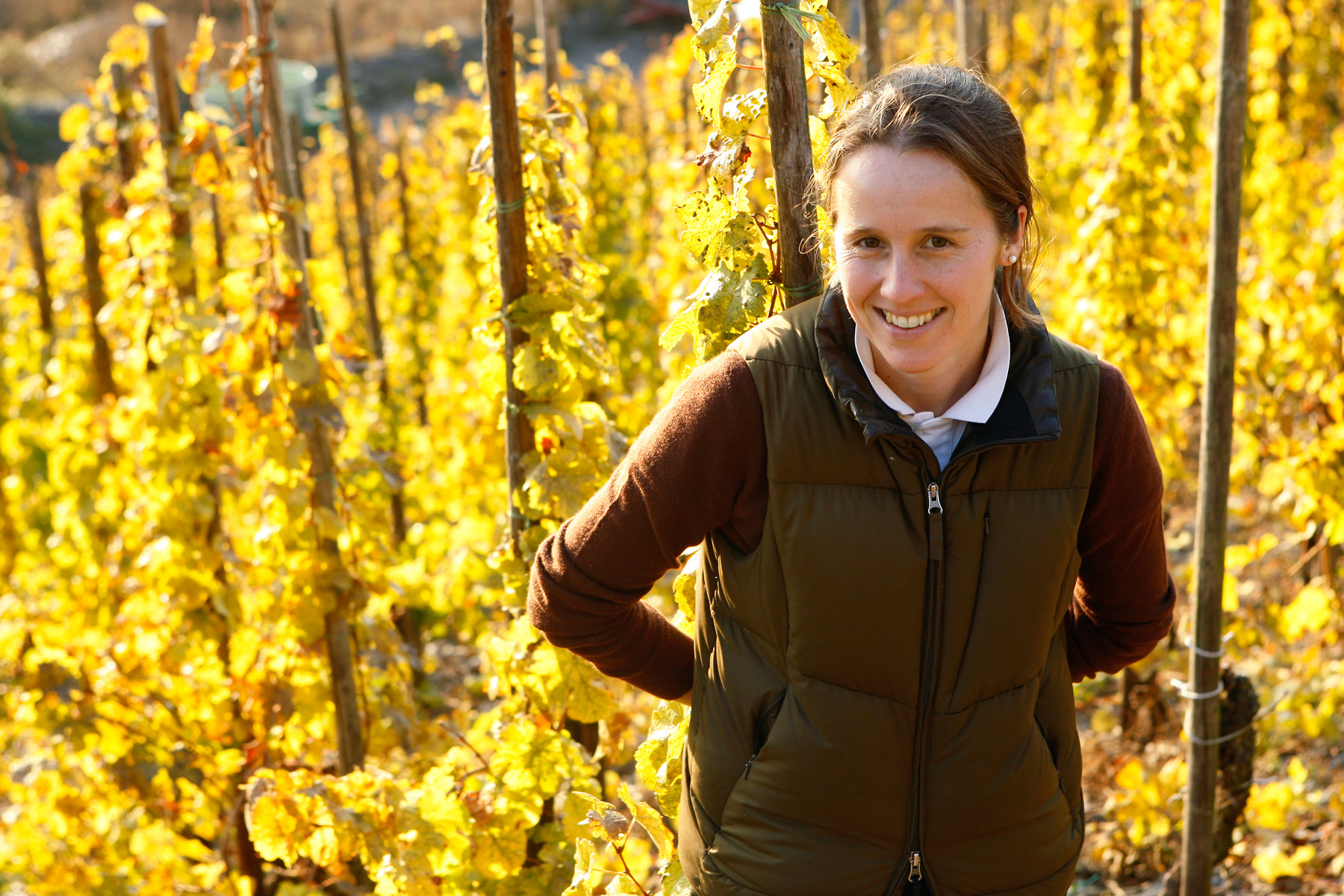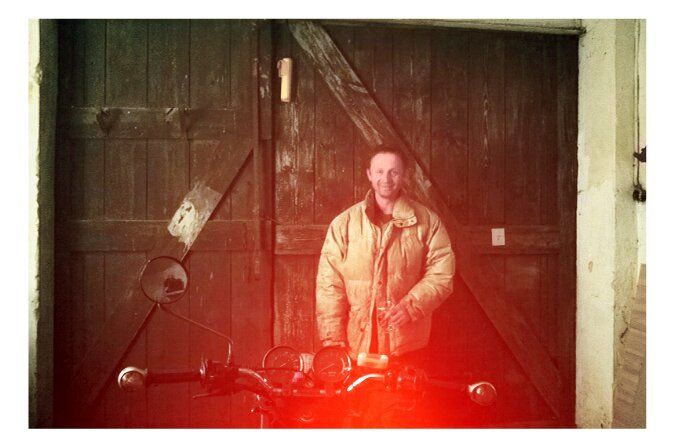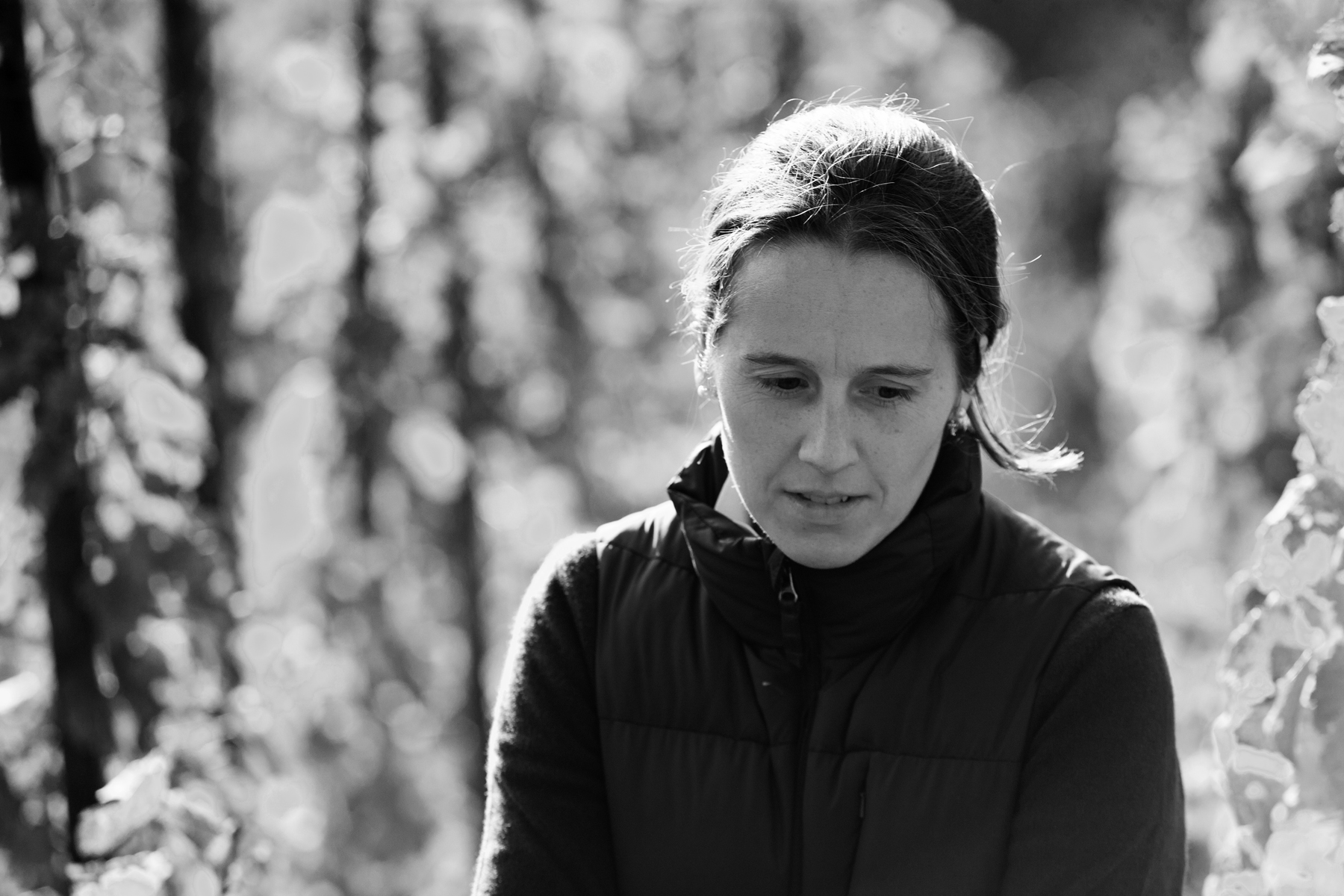What's wrong with commercial wine photography? A photographic guest ramble by Andreas Durst
For a long time I thought wine needs no visuals. In the early days of the Wine Rambler we did not even have photos on the blog. After all, what use is it to see the label when all you need to know is inside the bottle - and surely that is better captured in words? Well, I was wrong. Wine is more than just taste. Amongst other things it is also image - an image created by, amongst others, wine photographers. Today we have one of them, Andreas Durst - who is also a winemaker -, explain why he feels that wine photography is failing, stuck in old clichés that always were a lie. Enjoy, and learn.
What's wrong with commercial wine photography? A photographic guest ramble by Andreas Durst
Wine glass glistening, autumnal gold on sloped vineyards, the winegrower wandering the vines in his Sunday best - or, another favourite image, we see him with glass in hand, tasting wine by romantically flickering cellar candlelight.
Wine photography as Heimatfilm - a cheap, sentimental romance.

This image is old hat, and even in the olden days of winemaking it would have been far from realistic. Winemaking means work, hard work. However, these hoary old clichés, even today, continue to dominate our image of wine and of the people who make it.

"Why didn't you take a photo of him with a glass in his hand, or leaning against a barrel, so that people can see that he is a winemaker?" - you still have to listen to that sort of thing from photo editors. Photo editors, mind you, working for a central European wine magazine that lays claim to be at the forefront of the industry.
As a photographer you don't know whether you should pity your client at the other end of the phone line. And by the time I get to that point, I recall why I like my work so much.

Wine photography - does such a beast even exist? In some ways yes, in others no. Up until ten years ago, only a handful of photographers across the globe specialised in this genre. Some, like the marvellous Guido Mangold in the 80s, discovered a fascination for the work of vintners, but felt no lasting attachment to wine photography and moved on to other topics. Because of this, photography around wine remained strangely untouched by the developments and influences of modernity. The women dressed in their Dirndl ("traditional" peasant attire), the gentlemen in their Sunday best in the vineyard, always raising their glass to the beholder - this was the well-established commercial style of photography that horrified me so much ten years ago.

So, I had no choice but to look for a new way of visualising wine. For that, there is no need to put a glass in the winemaker's hand. And no need to elevate people.
It also needs no photo editing folderol that makes everyone look like refugees from a fashion magazine.
Winemakers are human. Like us.
And that's a good thing.

p.s. The current tendency to create an over-exaggerated image of winemakers as contrast-rich superheroes with harsh features and fine clothing goes against the grain for me. This kind of portrayal, popular in certain lifestyle publications, drives ad sales for glossy magazines. The distinction between advertisement and article is lost - not only in the images, but also in the text.
Singing hymns to the eternally changeless winemaker is obviously great for selling wine.
Journalism, on the other hand, it is not

great post and blog, the
great post and blog, the photos look really great to.